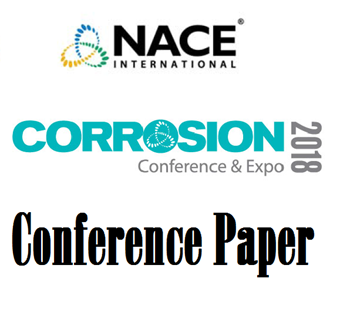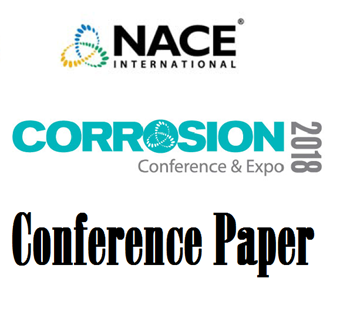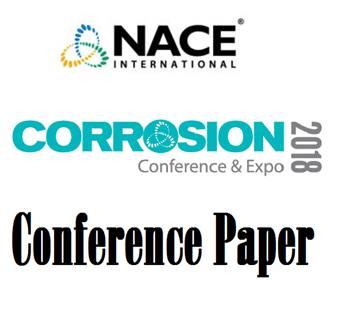Search
51318-10665-Analysis of Hydrogen Induced Cracking by in-situ HIC Observation Method
Also Purchased
51318-10656-CP Interference - Interference Testing and Mitigation of Interference Issues
Product Number:
51318-10656-SG
Publication Date:
2018
$20.00
51318-10671-The effective use of epoxy insulative coatings in the Oil & Gas industry
Product Number:
51318-10671-SG
Publication Date:
2018
$20.00
51318-10657-Improvements in the Use of Indirect Inspection Tools and Data Interpretation
Product Number:
51318-10657-SG
Publication Date:
2018
$20.00




